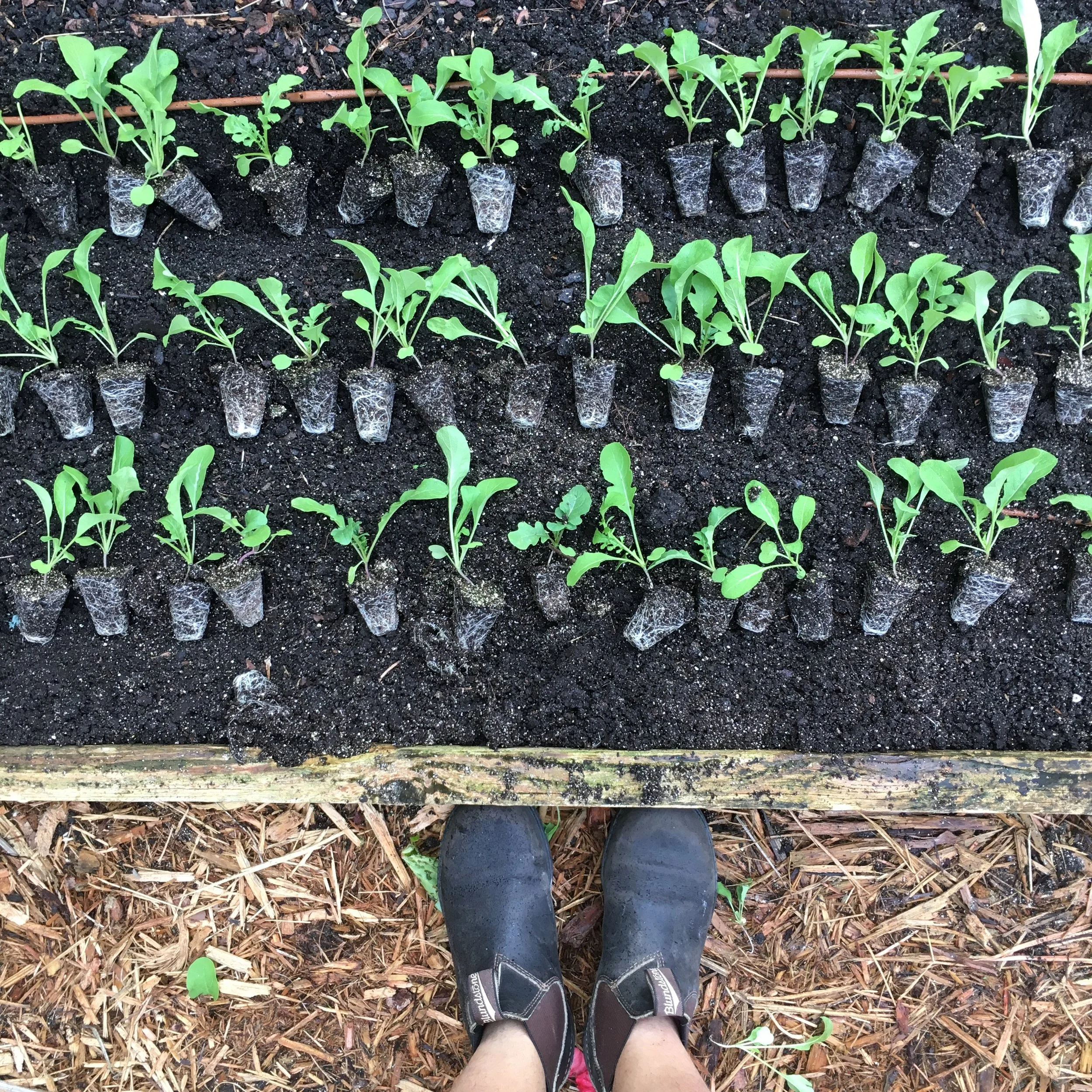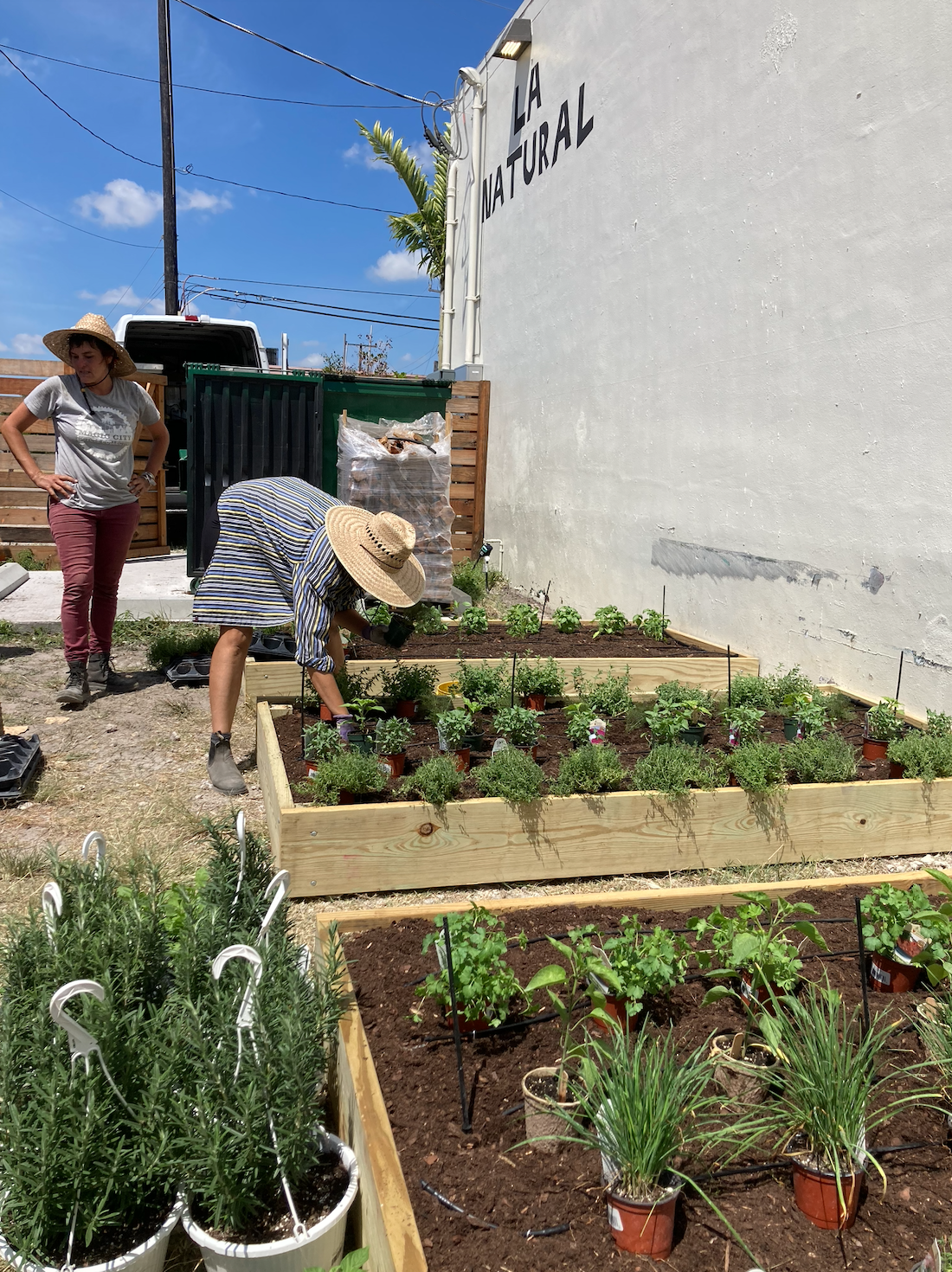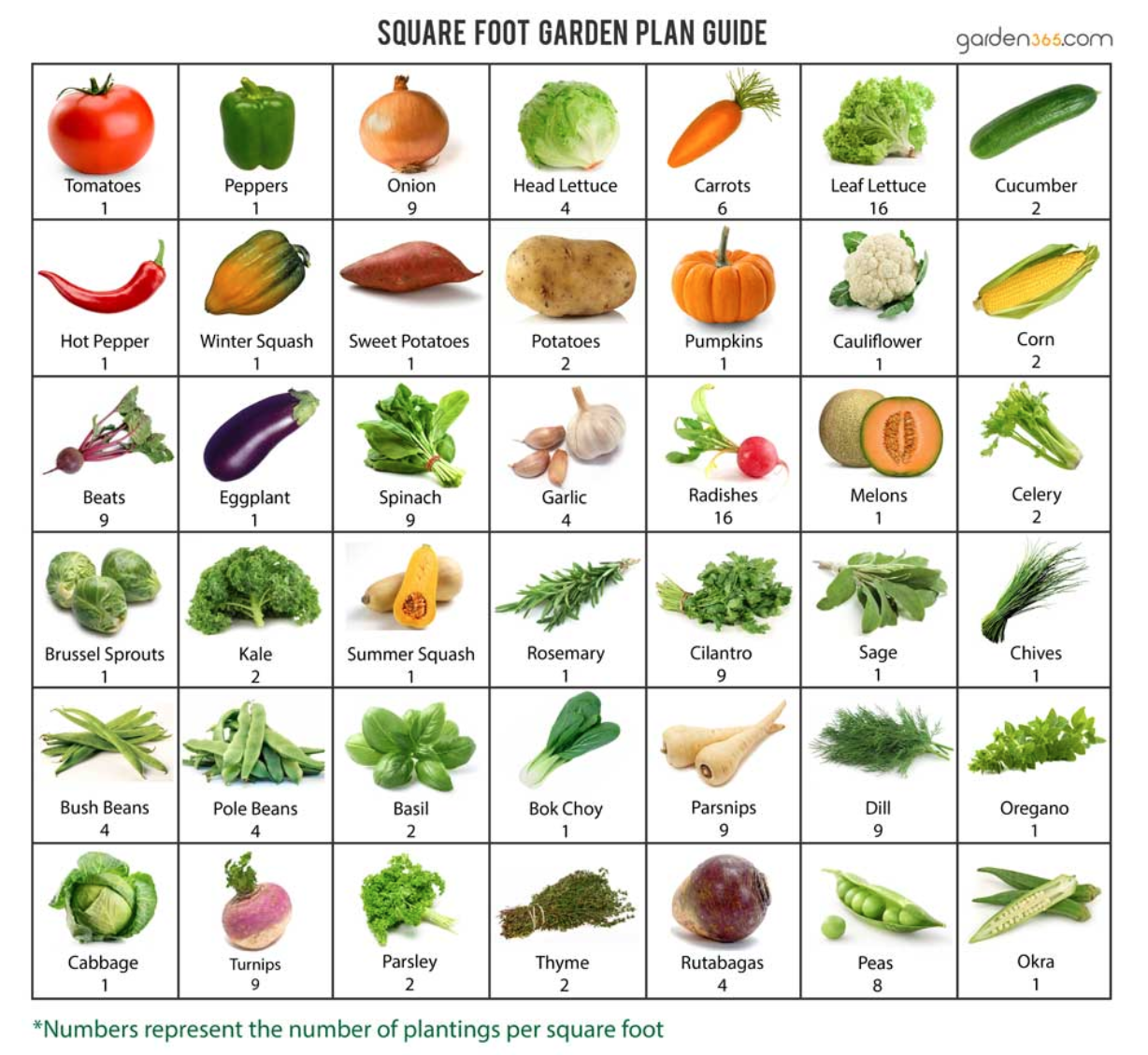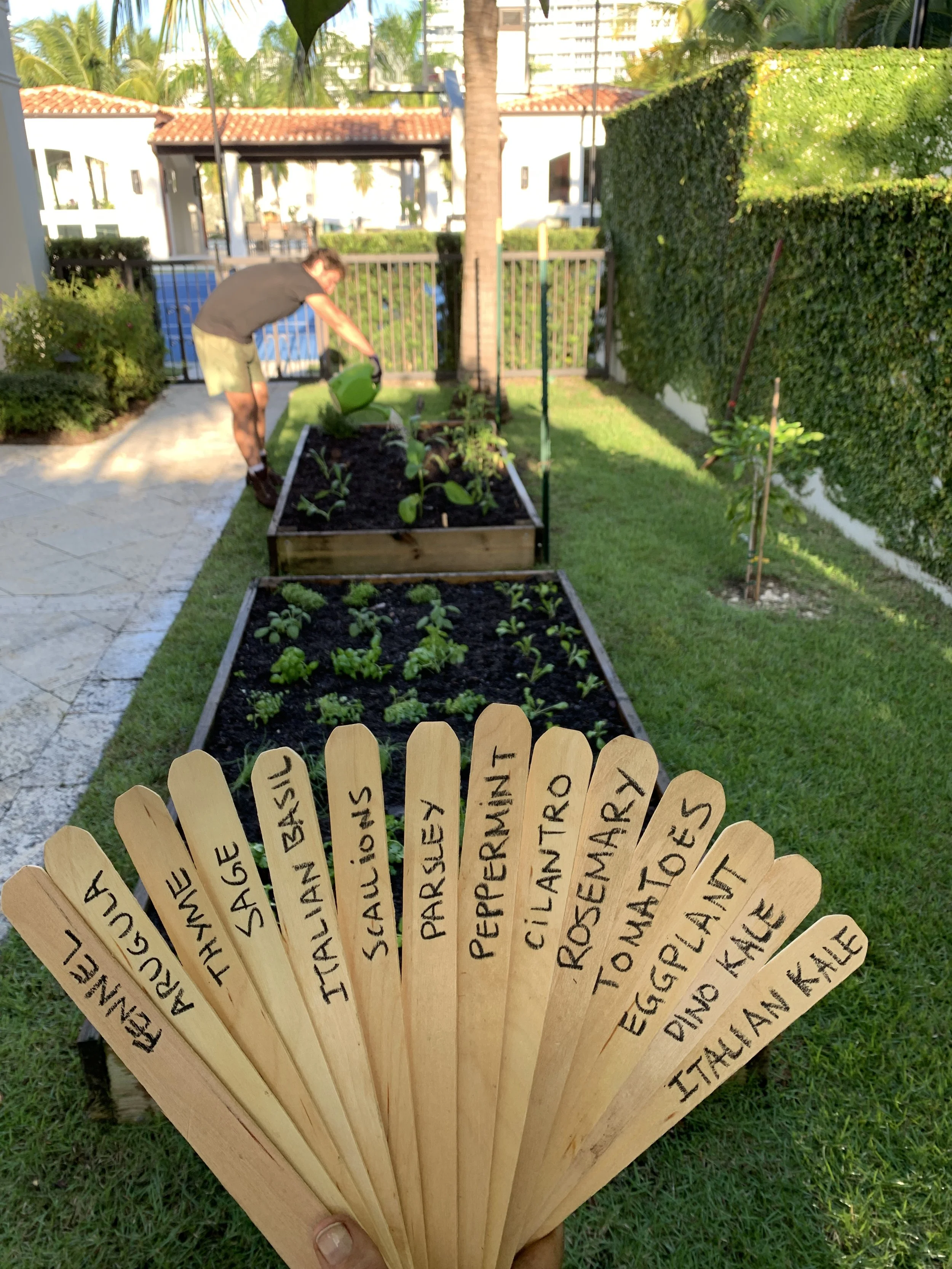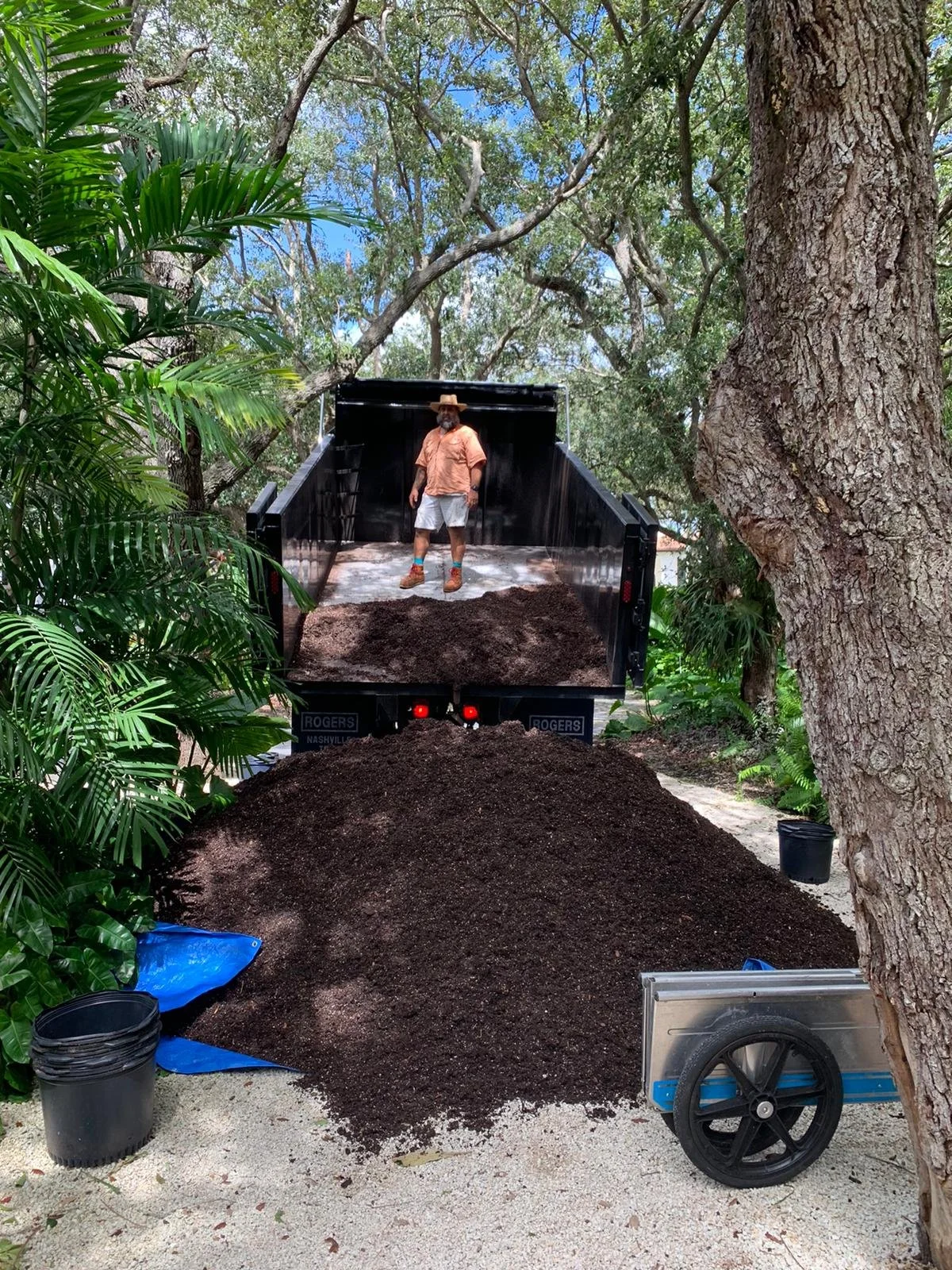October Blog Post: Its Finally Planting Season!
In the spirit of writing a monthly gardening blog post we usually start a new one by re-reading the previous months post. I recommend you do the same as a reader to get a full picture of what is going on. In September we did a lot of planning and preparing soil beds, we bought seeds and started them. This month is finally time to start planting your garden. September is a pretty rainy and hot month here in South Florida even though the rest of the country is starting to decorate with fall gourds and sip pumpkin spice lattes. October is when the heat finally "breaks" and things start to cool down a bit, especially at night, and the humidity starts to chill out too, making it overall a more hospitable environment for both plants and the people taking care of them.
I like to reiterate that fact that vegetable gardens are not projects we put together and call done, a garden is never really "done", especially a vegetable garden. They are a pretty huge commitment, almost like a pet. You have to give them food and water regularly, check for health issues and prune routinely and of course enjoy them and spend time with them. Also, even after you fill your garden with fall plants its not "done" because those plants will be harvested and eaten, or removed after producing fruit, and that space will then become available for replanting.
The constant replanting of a garden is called succession planting. It helps to think about the fact that the far majority of plants we eat today are annuals. Our ancestors who hunted and foraged ate mostly perennials, which are plants that grow year after year, producing edible shoots, tubers or fruits on a continuous cycle. Those types of plants can be revisited for many years and harvested for edible parts. On the other hand annuals are plants that are biologically designed to have a short life span and produce one main harvest. They are also very delicate because well, delicate plants are more tender and higher in sugars, so they need lots of attention and care from their farmers or gardeners.
You can divide your planting list into “quick growing” and “full season” to try and make sense of what to succession plant and what not to. Radishes, arugula, lettuce, dill, cilantro, salad turnips, and bush beans are all good examples of quick growing crops. For example, French Breakfast radishes should be ready to harvest in only 27 days. Thats less than a month! Once you harvest your frenchie patch from the garden then its time to use that space to plant something else… thats succession planting!
Succession planting and regular harvesting are the keys to success in an annual garden. Many of the crops people enjoy growing at home are relatively short lived and produce food within 30 to 90 days! Think about how fast one month goes by and then think about how often you should be harvesting and replanting your garden. If you are really into maximizing the yield of your garden you can replant each square foot of it 2-3 times per season. Lets say you have one 4x8 foot garden, which is 32 square feet of garden space. If you plant each square foot 3 times per season now you have 96 square feet of garden space to work with!
Some crops you will probably want to start from seed (like beans, quick growing greens, and roots like radishes and carrots), but there is no shame in buying starter plants to keep the rotation in your garden fresh throughout the season. Starting all of your own plants from seed is definitely a "intermediate" gardener ambition, so if you are a beginner consider buying some of your long season plants from a nursery like us for better chances at success. In our opinion, the plants that are smartest to buy from us are the ones that take the longest to grow, or stay in your garden the longest. So crops like hearty herbs (rosemary, oregano, thyme, sage), tomatoes, peppers, eggplants, and big brassicas like kale, collard greens and broccoli. If you do want to start all of your own seeds we definitely encourage you to check out our youtube video on the topic, its super helpful!
a typical square foot gardening chart.
Now let's talk about planning all of your plantings and your successions. New gardeners tend to have a really hard time figuring out the proper spacing of the plants in their bed and also where to put them. We like to suggest the "square foot gardening method" for figuring out how many plants you can fit into your garden. The technique is simple and is based on putting a grid over your raised bed (either a physical one made out of string or just a mental one on your planting chart) and then looking at a spacing chart for the crops they want to grow and seeing how many of that crop fit in one square foot. For example the chart below shows that a bell pepper plant needs one whole square foot of garden space and in the same square foot you can fit 16 radishes. On our website we have the square foot spacing of every plant we sell in the items description, which we think is a very good resource to use when planning your garden out.
As for where in the garden to place different crops, our general rule is to plant the tallest varieties in the "back" of your garden (which is the north edge) and then work your way south with smaller plants. So, things that need to be trellised like tomatoes and cucumbers, or tall plants like sunflowers or corn should be all the way on the north edge, with medium sized plants like peppers, eggplants, kales and cabbages next. We like to plant the southernmost edge of a garden with small and quick growing plants like cilantro, dill, arugula, lettuce, and french breakfast radishes. It's also best to keep "mounding plants" like thyme, oregano, nasturtiums, mint and squash on the edges or tucked into the corners so they can spill over the edge and take up some extra space outside of the bed.
One tip we like to recommend for succession planning is to mark the plants in your garden with a variety name and a target harvest date. All annual veggies have a "date to maturity" which is usually listed on the seed packet and we list dates to maturity for all of the plants we sell on our website too. When you plant your seeds or baby starter plants mark the harvest date on a tag right by the plants in your garden. When the day comes you should feel more confident to get in there with a knife and bring your harvest in for lunch. Days to maturity is also helpful for fruiting plants like cucumbers and green beans, because crops like that are bred to make you food and then stop making you food, so once you reach the maturity date, harvest some beans and then they stop you know to pull the plant out and plant something else. The date marking technique also serves to point out when something has gone wrong with the crop. If it isn't even close to ready on the harvest date it's a sign that there is an issue. Waiting longer will not yield you a harvest. Waiting longer will just waste time and space and you can pull those plants out and plant something else in that spot.
Crops like roots, beans and quick growing salad greens can be direct seeded right into your bed. we use long handled tools to mark straight rows (you can replicate that by laying a broom down longways and pushing the long handle down to make a long trough) and then we seed into the line. Cover loosely with soil and most importantly: water consistently until the seeds germinate. Many direct seeded crops need to be thinned when they are 2-3 weeks old, so don't forget to set yourself an alarm for that task and google it if you need help figuring out proper spacing for your thinned plants.
Here is a very clear example of the trellised tall plants on the north edge of our bed, and other plants in front. Also note the amount of plants in the bed. 1 square foot spacing is the most typical spacing for plants so we typically tell people to expect to plant around 32 plants in a 4x8 foot garden bed. This might not look very bountiful when the plants are young, but don't let the innocent, small young plants fool you into packing them in tighter. Annuals grow very quickly when they are property spaced and fertilized so following proper spacing rules when planting will absolutely pay off in the long run.
Finally, if we have one big tip for new gardeners during fall planting its "don't forget to fertilize!" One of the main mistakes we see new gardeners make with fall planting is they don't realize that the soil they are buying and putting in their garden and the compost they made and are amending their old soil with is not fertile enough to support annual plant growth. Veggie plants are heavy feeders with smaller root systems, so they aren't as good at foraging as things like landscaping trees. An organic granular fertilizer with a fairly balanced NPK ratio, like this 464 that we sell, or this 463 Dr. Earth option online are great options.
And don't forget to come to our fall plant sale October 11th to 13th to stock up on fall plants! And if you want to avoid the crowds or aren't ready to plant our nursery will be open every Saturday and Sunday through the end of the year from 10am - 5pm. If fall is feeling overwhelming already because you aren't quite sure what to do when or how to plant, consider taking one of our virtual or in person gardening workshops and also, don't worry about getting started right away, as soon as possible. Our annual growing season is very long and theres no rush to start everything now. Just to give you an example, we sell tomato plants through February, so if you aren't ready to plant this month, don't drive yourself crazy worrying about it just wait until the timing is right.

